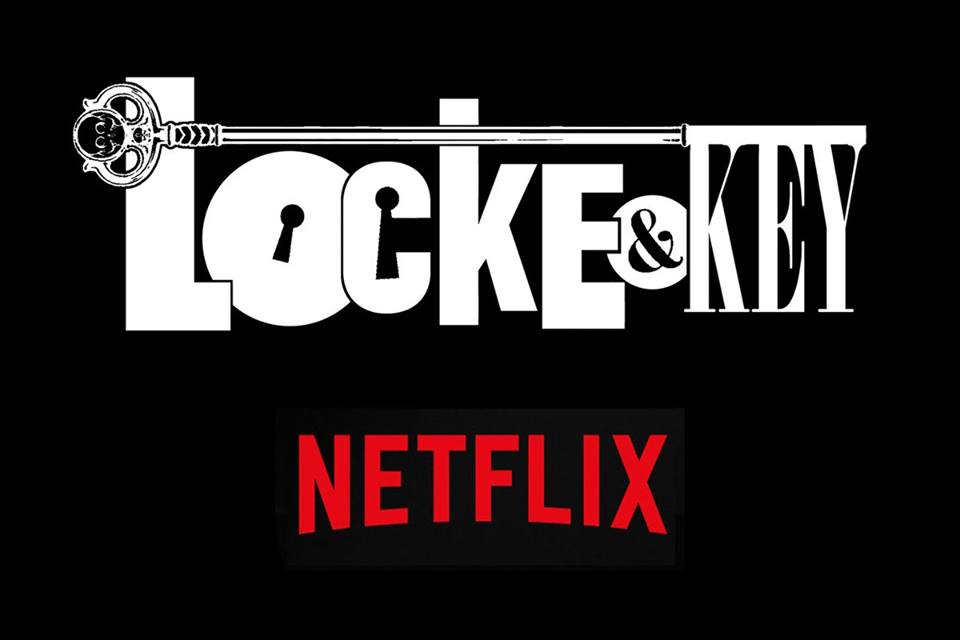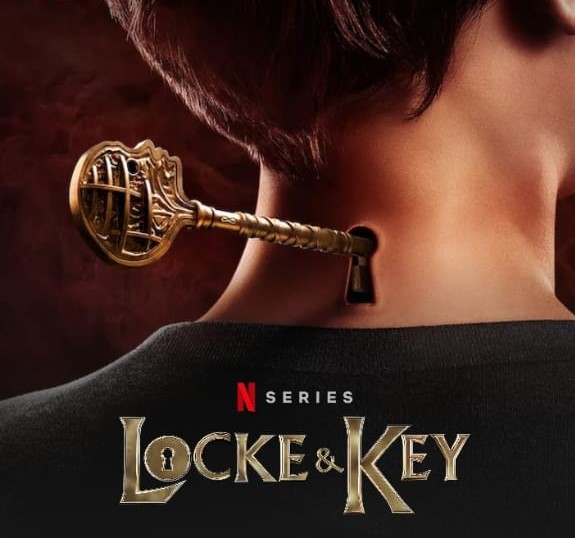
The Canadian-born actress has an incredible on-screen presence that can be alternately charming or menacing, and Oliveira can flip that switch in an instant, giving the character a welcome sense of unpredictability. One example of this is Season 1's villain, Laysla De Oliveira's Dodge, a mysterious figure who torments the Locke family in the hopes of taking possession of their keys. While the family storyline and the fantasy elements involving the keys work well, other aspects of the plot aren't quite as memorable.
#Netflix locke and key series
The series is simultaneously attempting to be a compelling family drama, supernatural thriller, murder mystery, and high school dramedy throughout Season 1, and by attempting to serve several masters, it never completely feels like a cohesive whole. Where the series gets into trouble is when it tries to tackle too many narratives at once.

This confident blend of fantasy and real-world drama is Locke & Key's greatest strength. These scenes are great character-building moments for the kids and are so well-realized, it's easy to forget this is all happening because of a magical key. One of the most emotionally stirring aspects of the series is its effective use of flashbacks, which allows the audience to see the kids interacting with their father, adding believable weight and grief to those relationships. Even better, the Head Key gives the viewer insightful glimpses into the history of the Locke family. Everyone's mind palace looks different depending on their life experiences Bode's is like a large playground/arcade, while Kinsey's is a giant shopping mall. The key is inserted into the back of someone's neck to literally open the door to their mind, which then allows a person to relive important memories, or add bits of information they might want to remember at a later date. One particular standout on that front is the "Head Key," which enables the series to get creative with its visuals, while also playing with body horror. These high school hijinks occasionally make the show feel more like a CW teen drama than an ambitious mystery, and Locke & Key feels far more engaging when it leans into its fantastical elements. Tyler and Kinsey's adventures in the first half of the season (when they're not teaming up with Bode) are less pivotal to the overall story and are usually relegated to high school dramaaaa like using the keys to get revenge on "mean girls" or trying to impress a potential love interest.

Scott portrays Bode with just the right amount of innocence and wonder without ever making him too precocious. Since this version of Locke & Key is a little more family-friendly than the comics, Bode's youthful exuberance after discovering each key is palpable and honestly infectious. While siblings Tyler and Kinsey do have their own adventures with the keys, it's their younger brother Bode who has the most fascinating encounters with their magic in Season 1. For a better look at Locke & Key, check out the trailer below:

Keyhouse is home to several magical keys, each with their own unique abilities. Every room is meticulously detailed with fascinating little trinkets and decor that add a layer of mystery to the story, and may even cause you to pause on particular scenes just take in all of the details. Big props to the production designers (Rory Cheyne and David Blass) for creating a location that truly feels alive. One of the standout characters in Locke & Key is not an actual person, but the house itself. Having read the comics myself, it is difficult to ignore the changes in tone and lack of adult content, however, if the streaming giant's goal is to appeal to a larger audience, then I think the series succeeds with some terrific set-pieces, aesthetics, and performances from the leading cast that make Season 1's 10-episode arc a worthy binge. Fans of the comic book's graphic violence and creepy visuals may be a bit disappointed that Netflix's version leans more into the whimsical aspects of Hill's narrative and less on the terror and bloodshed.


 0 kommentar(er)
0 kommentar(er)
